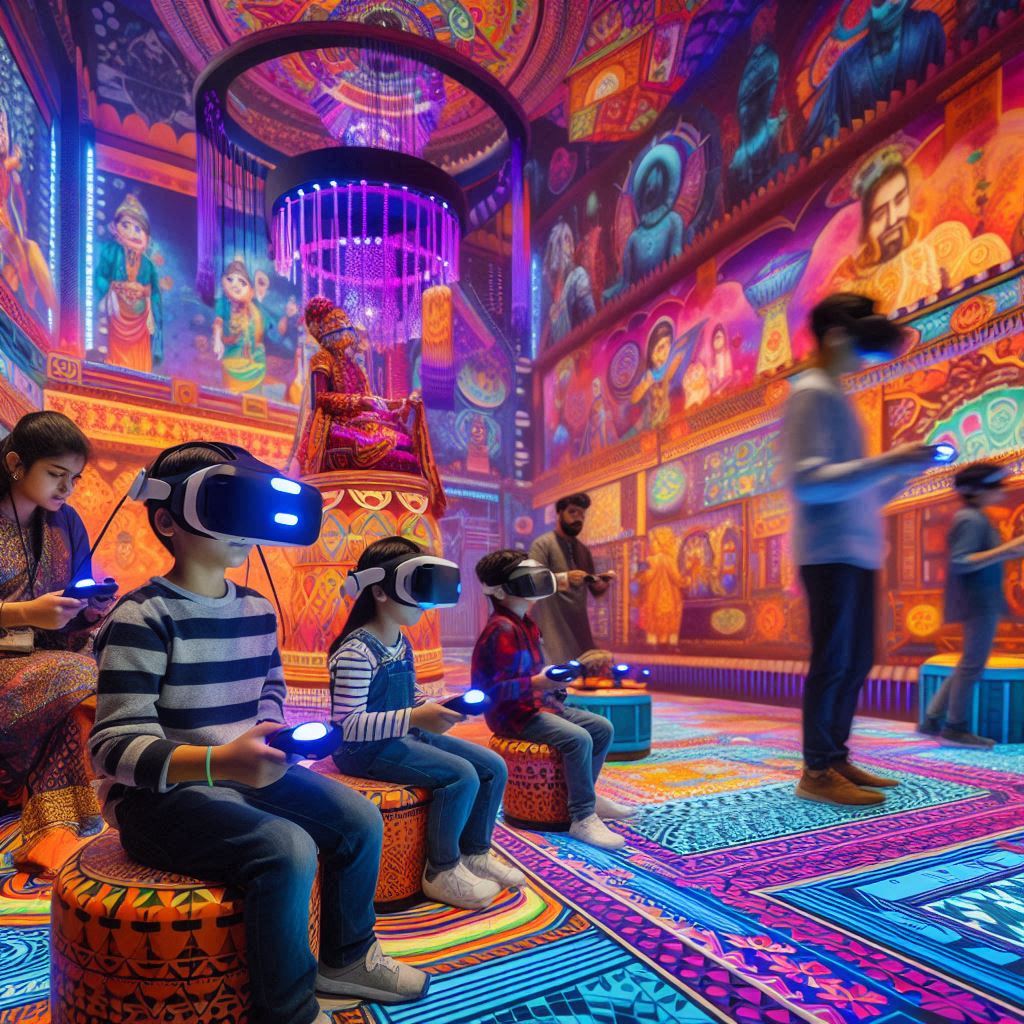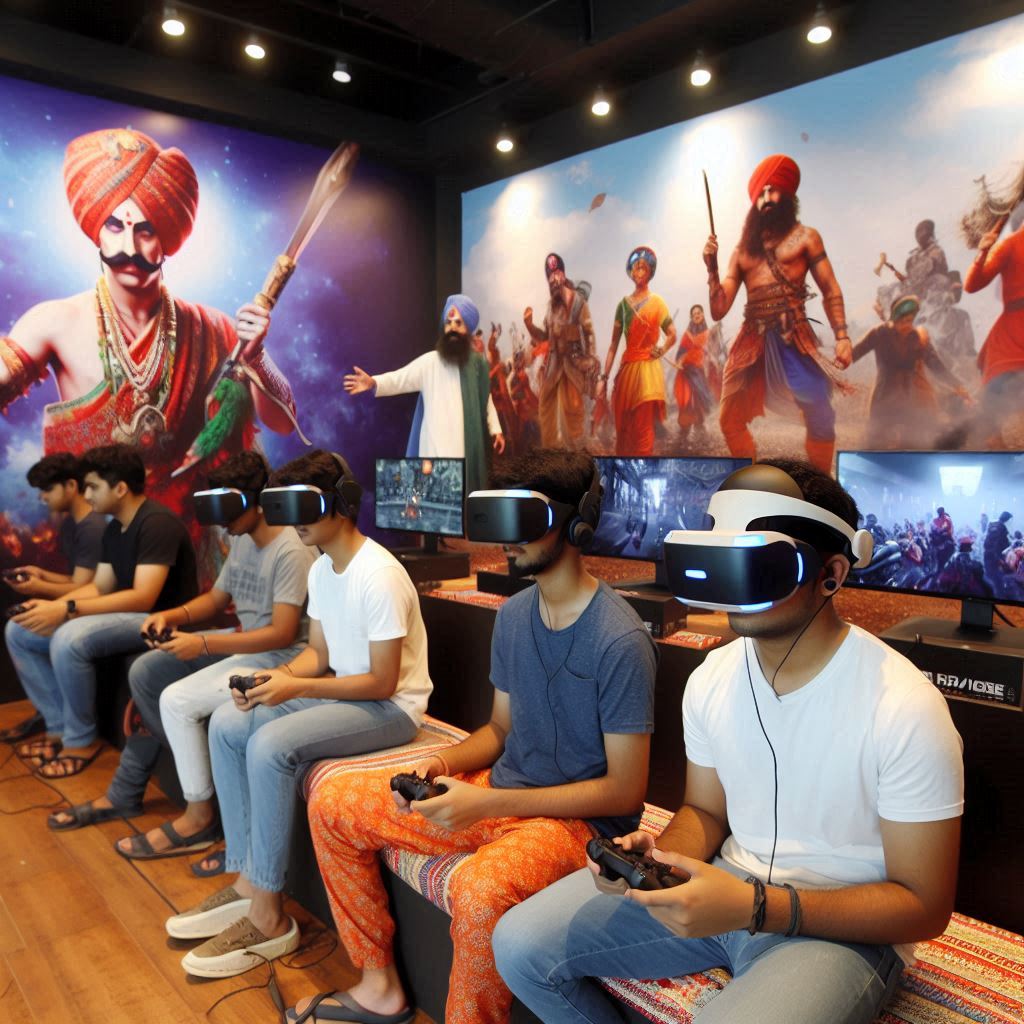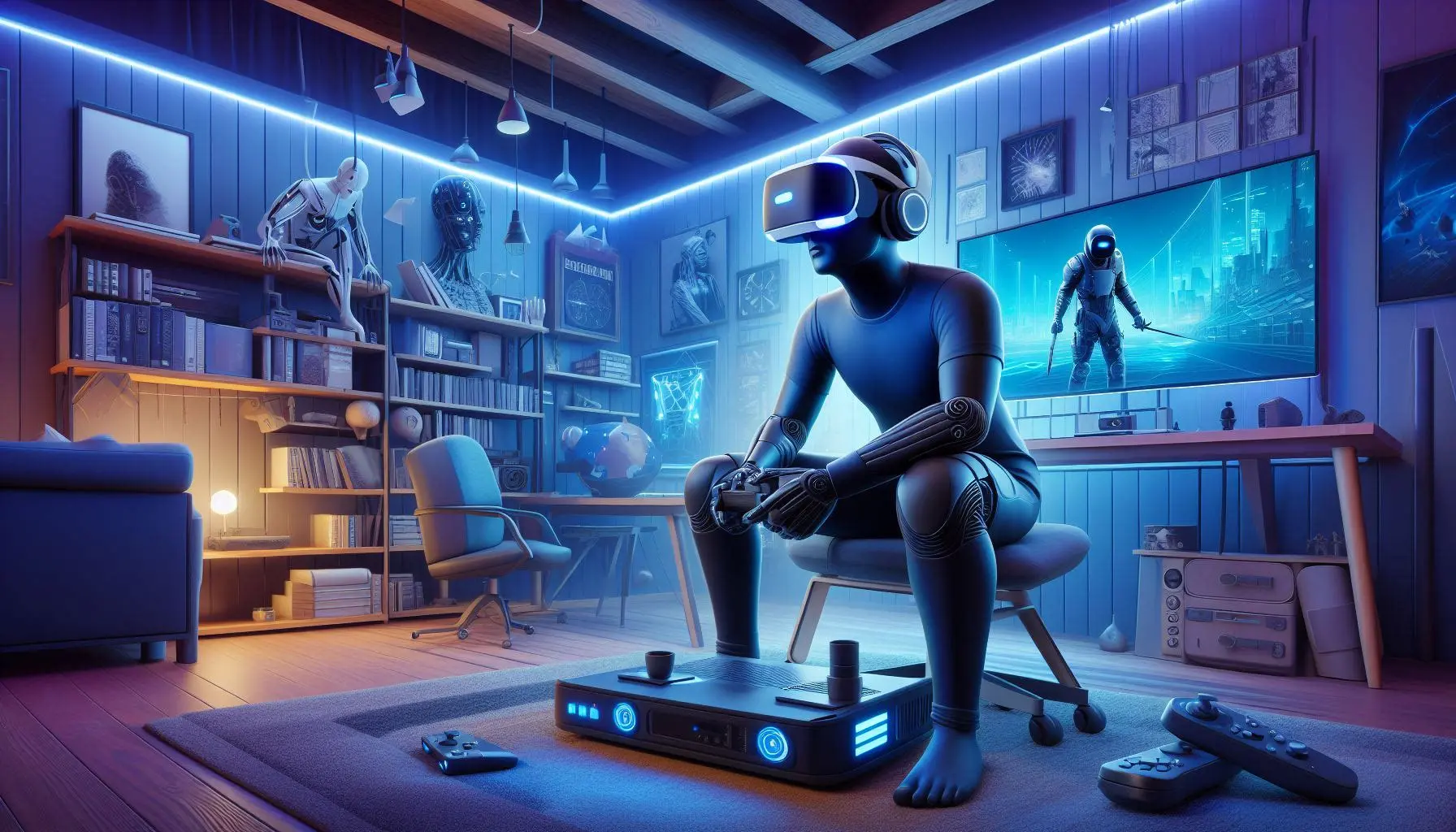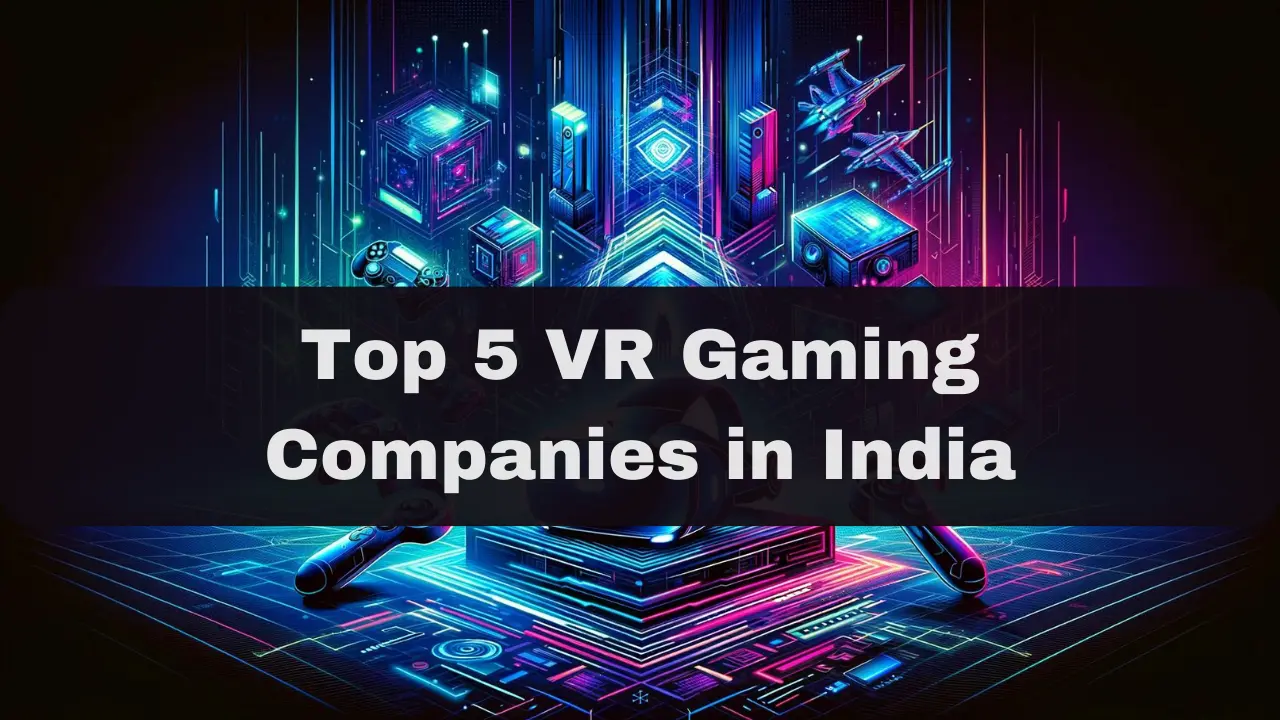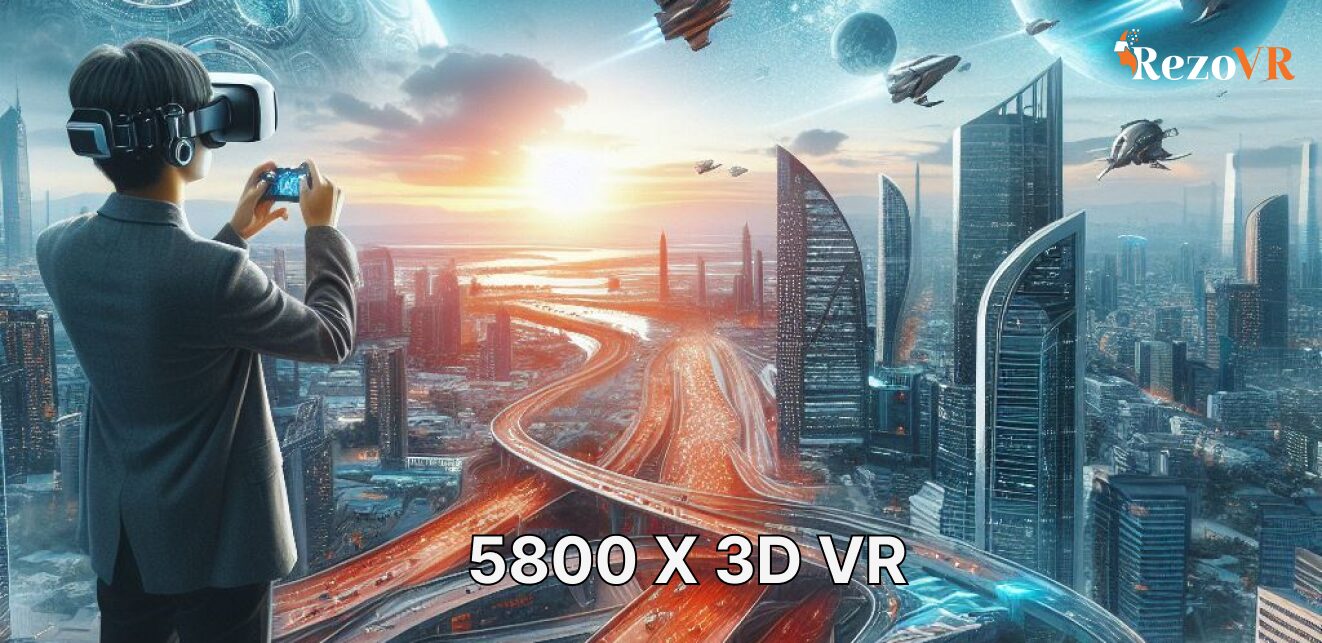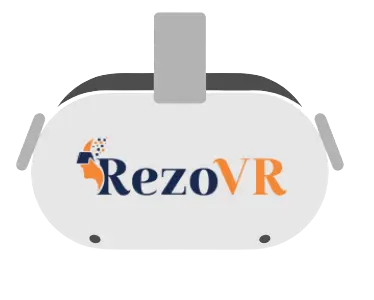VR Headset Feel Realistic – but how do they achieve this? In this guide, we’ll uncover the secrets behind virtual reality’s immersive experiences and delve into the technology that brings the virtual world to life. Get ready to explore the fascinating realm of VR!
The level of realism experienced through a VR headset can differ from user to user and is influenced by various factors, such as immersion, presence, interaction, and visual quality. While some individuals may find VR experiences to be incredibly realistic, others may not share the same perception.
With technological advancements, VR headsets are expected to evolve and become even more immersive and lifelike.
Virtual reality is an immersive technology that transports users into a computer-generated world. With VR headsets, individuals can explore, interact, and experience these virtual environments. As VR technology advances, it becomes increasingly relevant in various fields, such as gaming, education, and healthcare.
Components of a Realistic VR Experience
Immersion
To create a convincing virtual environment, several factors contribute to the overall immersion.
- Field of view: A wide lot helps users feel more connected to the virtual world by capturing their peripheral vision.
- High resolution: Clear and sharp visuals are essential for maintaining the illusion of reality.
- Refresh rate: A high refresh rate minimises motion blur and prevents nausea or discomfort, enhancing the overall experience.
Presence
The sensation of presence allows users to vr feel natural, as if they are genuinely inhabiting the virtual space.
- Spatial awareness: Accurate representation of the user’s position and movement within the virtual environment strengthens their sense of presence.
- Eye tracking: By monitoring where the user looks, VR systems can create a more realistic and dynamic experience.
- Room scale: The ability to move and interact within a physical space adds another layer of immersion.
Interaction
Users need intuitive ways to engage with the virtual environment to increase realism.
- Motion tracking: Sensors detect the user’s body movements, allowing them to control their virtual avatar or manipulate objects.
- Head tracking: The headset monitors the user’s head movement, changing the perspective within the virtual world accordingly.
- Hand tracking: By capturing hand movements, users can interact with virtual objects using natural gestures.
Enhancing Realism in VR
Haptic Feedback
Haptic feedback simulates the sense of touch, adding another dimension of realism.
- Tactile sensations: Vibrations or resistance in VR controllers mimic the feeling of touching or holding virtual objects.
- Interaction with virtual objects: Advanced haptic systems can simulate textures, temperatures, and other tactile sensations for a more immersive experience.
3D Audio
3D audio adds depth and realism to the virtual environment.
- Accurate sound positioning: Spatial audio techniques make it possible to pinpoint the location of sounds within the virtual space.
- Enhancing immersion and presence: 3D audio further immerses users by creating a believable auditory environment.
Volumetric Rendering
Volumetric rendering generates realistic visuals and enhances depth perception.
- Realistic visuals: This technique simulates the behaviour of light, creating more lifelike images.
- Improved depth perception: Volumetric rendering adds depth to the virtual environment, making it easier for users to navigate and interact.
User Experience Factors
Comfort
A comfortable user experience is vital for maintaining immersion and realism.
- Weight distribution: A well-balanced headset minimises discomfort during extended use.
- IPD adjustment: Customising the distance between the lenses ensures a clear, sharp image for each user.
Visual Quality
Advanced rendering techniques can optimise the visual quality of the VR experience.
- Foveated rendering: This technique focuses on rendering the area where the user is looking, reducing the demand for system resources.
- Reducing latency: Lower latency results in smoother visuals and a more comfortable experience.
Personal Opinions on VR Headset Feel Realistic
Individual perspectives on the realism of VR experiences can vary widely.
- User testimonials: Some users report incredibly realistic experiences, while others may be less impressed.
- Comparisons to non-VR experiences: Users may compare VR to other media, like movies or video games, to gauge its level of realism.
Challenges and Limitations
Technical Issues
Despite ongoing advancements, VR technology still faces some technical hurdles.
- Blurry visuals: Lens quality, screen resolution, and user adjustments can affect image clarity.
- Tracking inaccuracies: Issues with tracking sensors may disrupt the sense of immersion and realism.
Affordability
Cost remains a barrier to widespread VR adoption.
- VR headset costs: High-quality VR headsets can be expensive, potentially limiting access for some users.
- Accessibility to consumers: As the technology develops, more affordable options may become available, broadening the appeal of VR experiences.
Conclusion
The realism of a VR headset experience depends on a range of factors, including immersion, presence, interaction, comfort, and visual quality. While some users may find these experiences convincingly realistic, others may be less impressed. Technical challenges and affordability remain barriers to widespread adoption. Still, as technology advances, VR experiences will likely become increasingly immersive and accessible. Ultimately, the degree of realism a VR headset provides is subjective and will depend on the user’s experience and expectations.
Why does real-life feel weird after VR?
After using VR, real life may feel odd due to the brain adjusting from the virtual environment back to reality. This phenomenon is known as “VR hangover” and is usually short-lived.
How realistic can VR get?
The realism of VR depends on factors like immersion, visual quality, and haptic feedback. As technology advances, VR experiences will likely become more realistic and immersive.
Does VR mess with your sense of reality?
Some users may experience temporary disorientation or a blurred sense of reality after VR use. Still, these effects generally subside quickly as the brain readjusts to the real world.
What does it feel like to wear a VR headset?
Wearing a VR headset can be immersive and engaging, providing a sense of presence in a virtual environment. Comfort levels may vary depending on the headset’s design and user adjustments.
Is VR more realistic than AR?
VR fully immerses users in a virtual environment, while AR overlays digital elements onto the real world. Both have their levels of realism, but VR typically offers a more immersive experience.
How does VR trick the brain?
VR tricks the brain by providing realistic visual, auditory, and haptic feedback, simulating the senses and creating a sense of immersion and presence within the virtual environment.
Is VR true 3D?
VR uses stereoscopic vision and head tracking to create a convincing 3D experience, allowing users to perceive depth and interact with the virtual environment naturally.
Why is virtual reality so realistic?
Virtual reality feels realistic due to the combination of immersive visuals, 3D audio, and haptic feedback, creating a convincing environment that engages multiple senses.
Is VR better than AI?
VR and AI serve different purposes and are not directly comparable. VR provides immersive experiences, while AI focuses on developing intelligent machines and algorithms.
How long should you play VR a day?
There’s no strict rule, but taking breaks during extended VR sessions is recommended to minimise discomfort, eye strain, or potential motion sickness.
What is pessimistic about VR?
Potential negatives of VR include motion sickness, eye strain, and the high cost of some VR headsets. Additionally, excessive use may lead to social isolation or disconnection from reality.
What are the dangers of VR in the future?
Possible future dangers of VR include addiction, privacy concerns, and the potential for adverse psychological effects. Careful use and regulation can help mitigate these risks.
How realistic does a VR headset feel during gameplay?
The realism of a VR headset during gameplay depends on factors like immersion, presence, interaction, and visual quality, which can vary between users and experiences.
Can VR experiences replicate real-life sensations accurately?
While VR technology continues to advance, replicating some real-life sensations, it may only partially emulate some aspects of reality. Progress in haptic feedback and other technologies will improve this.
How does the Turing Test relate to the realism of VR experiences?
The Turing Test evaluates AI’s ability to mimic human behavior. Though not directly related to VR, a highly realistic VR experience could pass the Turing Test by creating a believable virtual environment.
Is VR technology a game changer for video games and other industries?
VR technology has the potential to revolutionise video games and other industries by providing immersive experiences, enhancing training, and enabling new ways of collaboration and interaction.
How important is the role of haptic feedback in increasing immersion?
Haptic feedback plays a crucial role in increasing immersion by simulating tactile sensations, allowing users to feel virtual objects and enhancing the sense of presence in the virtual environment.
What are the differences between simple images and advanced VR headsets regarding realism?
Advanced VR headsets offer a more immersive experience than simple images, providing depth
perception, head tracking, 3D audio, and haptic feedback. This results in a more realistic and engaging experience than viewing a simple 2D image.
How does the vestibular system contribute to creating an immersive environment in VR?
The vestibular system helps maintain balance and spatial awareness. In VR, the system can be stimulated through motion tracking and visual cues, which contribute to the sense of immersion and presence in the virtual environment.
Can two users have different VR experiences using the same headset and software?
Individual users may have different experiences due to personal preferences, sensitivity to motion sickness, or the ability to perceive depth and other visual cues.
How do prototype headsets compare to current VR headsets in terms of realism?
Prototype headsets may offer cutting-edge features that enhance realism, but their performance could be more consistent. Current VR headsets, while more stable, may not have the latest advancements.
What types of games or experiences benefit most from the realistic nature of VR?
Games and experiences emphasising immersion, exploration, or interaction benefit most from VR’s realistic nature. Examples include adventure games, simulations, and training scenarios.

